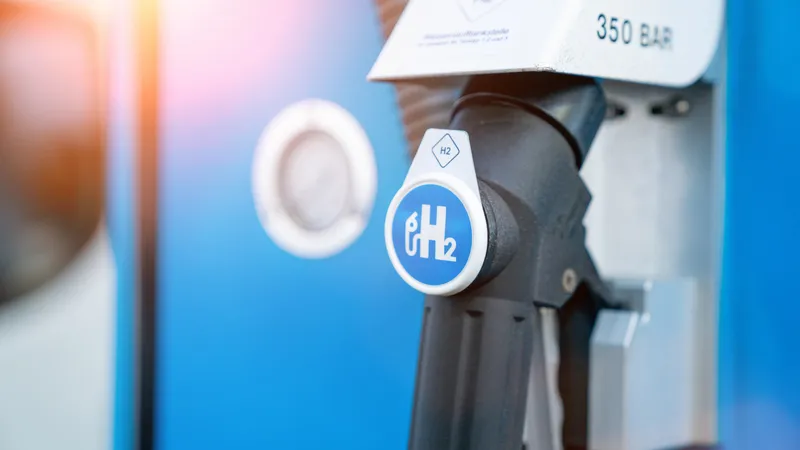With the Sencity Road MIMO, Huber+Suhner is extending its portfolio of rooftop antennas for buses, commercial vehicles, trams and underground railways.
The new Sensity Road MIMO is able to achieve a far higher data rate than a standard antenna, supporting applications with very high data rates, such as passenger information systems, passenger monitoring or internet on board.
Depending on the version, this compact omni-directional antenna includes two broadband radiating elements for 2G/3G/4G mobile c
September 25, 2014
Read time: 2 mins

With the Sencity Road MIMO, 7889 Huber+Suhner is extending its portfolio of rooftop antennas for buses, commercial vehicles, trams and underground railways.
The new Sensity Road MIMO is able to achieve a far higher data rate than a standard antenna, supporting applications with very high data rates, such as passenger information systems, passenger monitoring or internet on board.
Depending on the version, this compact omni-directional antenna includes two broadband radiating elements for 2G/3G/4G mobile communication and GPS, or three radiating elements for Wi-Fi 2.4/5 GHz. The antenna
supports Multiple Input Multiple Output (MIMO) in the frequency range 698 MHz to 2700 MHz for all mobile communication networks.
The mobile communication version of the MIMO antenna is available for operators with an existing mobile communication network while for those using hotspots at bus stops or in the depot to access Wi-Fi technology, the Wi-Fi MIMO version of Sensity Road will be available in the future.
The new Sensity Road MIMO is able to achieve a far higher data rate than a standard antenna, supporting applications with very high data rates, such as passenger information systems, passenger monitoring or internet on board.
Depending on the version, this compact omni-directional antenna includes two broadband radiating elements for 2G/3G/4G mobile communication and GPS, or three radiating elements for Wi-Fi 2.4/5 GHz. The antenna
supports Multiple Input Multiple Output (MIMO) in the frequency range 698 MHz to 2700 MHz for all mobile communication networks.
The mobile communication version of the MIMO antenna is available for operators with an existing mobile communication network while for those using hotspots at bus stops or in the depot to access Wi-Fi technology, the Wi-Fi MIMO version of Sensity Road will be available in the future.










